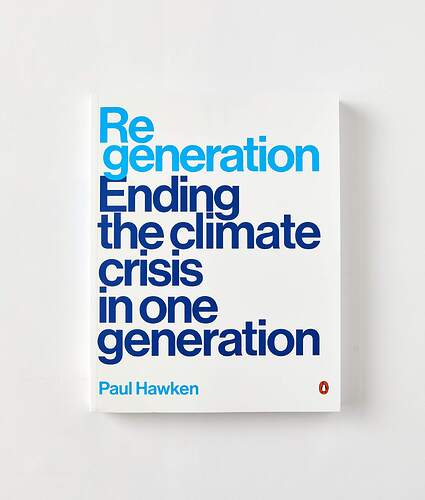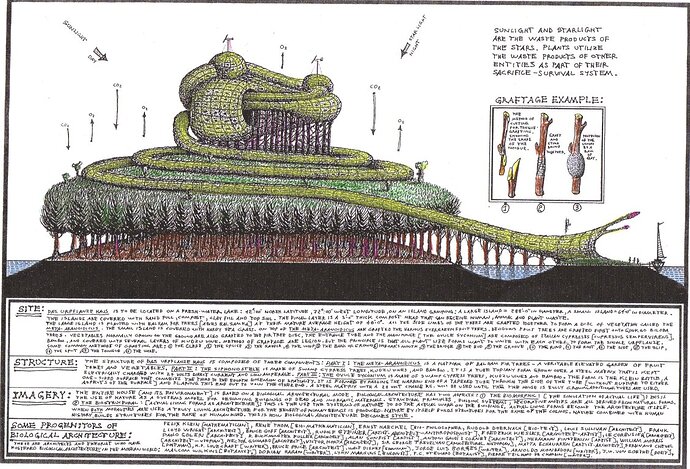That is the kind of good, encouraging news I needed today. Thank you!
This reminds me of a natural solution for treating sewage involving a certain species of tree and artificial swamps. I can’t remember the name of the book, which was an examination of natural solutions to pollution. But this one species of tree (can’t remember what tree!) is particularly effective at filtering contamination, as is the artificial swamp; once the water leaves the system, it’s purified. Difficult to scale up to city sized solution though.
I know mangroves are good, lots of plants are actually good bioacumulators, but if it’s just sewage (just urine and faeces) nature can do a decent job with just some bacteria, it’s for example how you do aquaponics, three linked tanks, one fish, one bacteria, one plants, fish make the waste, bacteria turns waste into nutrients, plants absorb the nutrients, fish get clean water.
Both beautifully simple and unfathomably complex, Todd’s solution to the Harwich pollution problem was, hmmm. Wise, he is, yes?
IIRC, the mangroves help keep the waste from overwhelming the system and causing widespread damage like red tides. Sure, the bacteria will process the waste, but then they get accumulated in filter feeders like oysters, mussels, clams, etc. which then pass to predators and accumulate there, and then we get fish die-offs and toxic levels of waste in food species.
Yeah, the major issue tends to be a larger volume of waste will produce excess bacteria, which is why the aquaponics system is closed, so that volume is not excessive, and it balances out. IIRC one of the big benefits of the mangrove is they have loads of exposed root surface area underwater, which the bacteria will gladly stick to. Same idea with aquaponics; the plants are growing hydroponically, so they filter out both bacteria and nutrients very effectively with huge feathery root systems.
I think involved some heavy metals too, and this particular tree species (beech?) filters it out of the water. So maybe it wasn’t (just) sewage. I wish I could remember more.
Was this the article (PDF titled “TREES ARE THE SOLUTION TO WASTEWATER
TREATMENT…”) you had read, or from which a “synopsis” was published elsewhere?
National proceedings: forest and conservation nursery associations-1999, 2000, and 2001
Eucalyptus, Hybrid Poplar, and Robinia are mentioned.
No, this was a book.
![]()
Willows are good cleansers
It becomes clearer and clearer that the planet can heal itself, if we just get out of the way.
Was it this one? I remember reading about that in there, though it’s about solving the climate crisis in general, not only pollution.
ETA: Probably not? Looking back through it I can only find a couple mentions (using mangroves) that don’t go into a lot of detail. It sounds like your book was more involved.
Could be…
From Eco-Cities to Living Machines: Principles of Ecological Design by Nancy Jack Todd and John Todd?
That Meta-Aranoidicus looks like a Klein bottle to me.



